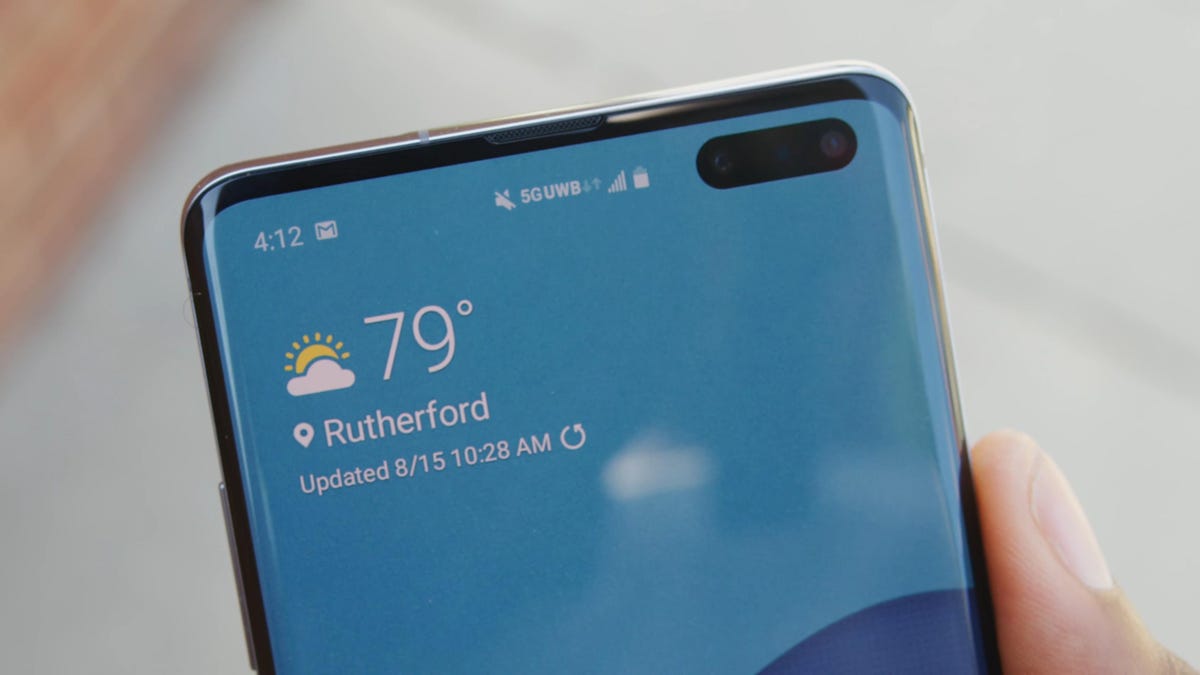Difference Between 5G UC, 5G UW and 5G+

Today, every flagship smartphone, be it Android or iPhone, can connect to the 5G networks that every major US carrier has built over the past few years. All this new 5G technology was supposed to usher in a new era of ultra-high-speed mobile connections, where we could download giant files in seconds and stream 4K video or console-quality gameplay over the cloud. But like all grandiose claims about next-generation technology, the reality doesn’t quite live up to the lofty claims.
To be fair, 5G is certainly faster than previous 4G LTE networks, and in some cases, 5G networks deliver faster speeds than were originally promised. However, not all 5G networks are created equal, and while your phone may report that it’s connected to 5G, it’s unlikely that you’re using a “true” 5G connection.
High-band, mid-band and low-band 5G
It turns out there are several versions of 5G, each offering different connection speeds, ranges, and coverage areas.
- High-frequency 5G or millimeter wave (mmWave) 5G is true 5G, capable of delivering 10 times faster download speeds than 4G LTE. However, 5G broadband requires entirely new cell tower technology. Connections are also limited by distance and subject to interference.
- Low-band 5G is at best only about 20% faster than 4G LTE, and in some cases there is no difference at all. Unlike broadband 5G, low-band 5G can also be used in conjunction with existing 4G LTE networks, allowing for faster deployment and wider availability.
- Midband 5G is the recent third variant of 5G and offers a decent compromise between the two. It is faster than low-band (about six times faster than LTE), provides longer range and better availability than high-band.
If you’re interested in the technical details, there are even variations within each of the three categories based on the specific wavelengths used, but in general, these specifications are the same across the three major carriers in the US: T-Mobile, AT&T, and Verizon. What isn’t consistent are the naming conventions each company uses and how they demarcate high-band, mid-band, and low-band 5G networks.
5G depending on the telecom operator: 5G+, 5GE, 5G UC, etc.
As if labeling three separate network technologies as “5G” wasn’t confusing enough, AT&T, T-Mobile, and Verizon all use their own labels to refer to their various 5G connections, although they’re all high, mid, or low tier. -frequency range described above. Here’s how each of the three largest US network providers labels their 5G connections.
AT&T
- 5G+: mid and high frequencies.
- 5G E: Low-band 5G.
T-Mobile
- 5G UC: Stands for Ultra Capacity and refers to high- and mid-band 5G networks.
- 5G: Low-band 5G, sometimes referred to as “high-band 5G” in plans and marketing.
Verizon
- 5G UW: Stands for Ultra Wideband and includes both mid and high frequencies.
- 5G nationwide: low-band 5G.
The availability of each company’s 5G networks depends on your location, phone model, and data plan, but you can tell which 5G network you’re connected to by the network icons displayed at the top of your phone’s screen.
You may have noticed that all three companies combine high-band and mid-band connections. While this may make it difficult to tell which channel you’re connected to without checking your download speeds, given the limited availability of high-band 5G, it’s more likely that you’re using a mid-band connection if your phone says it’s using 5G+, 5G UC. or 5G UW.